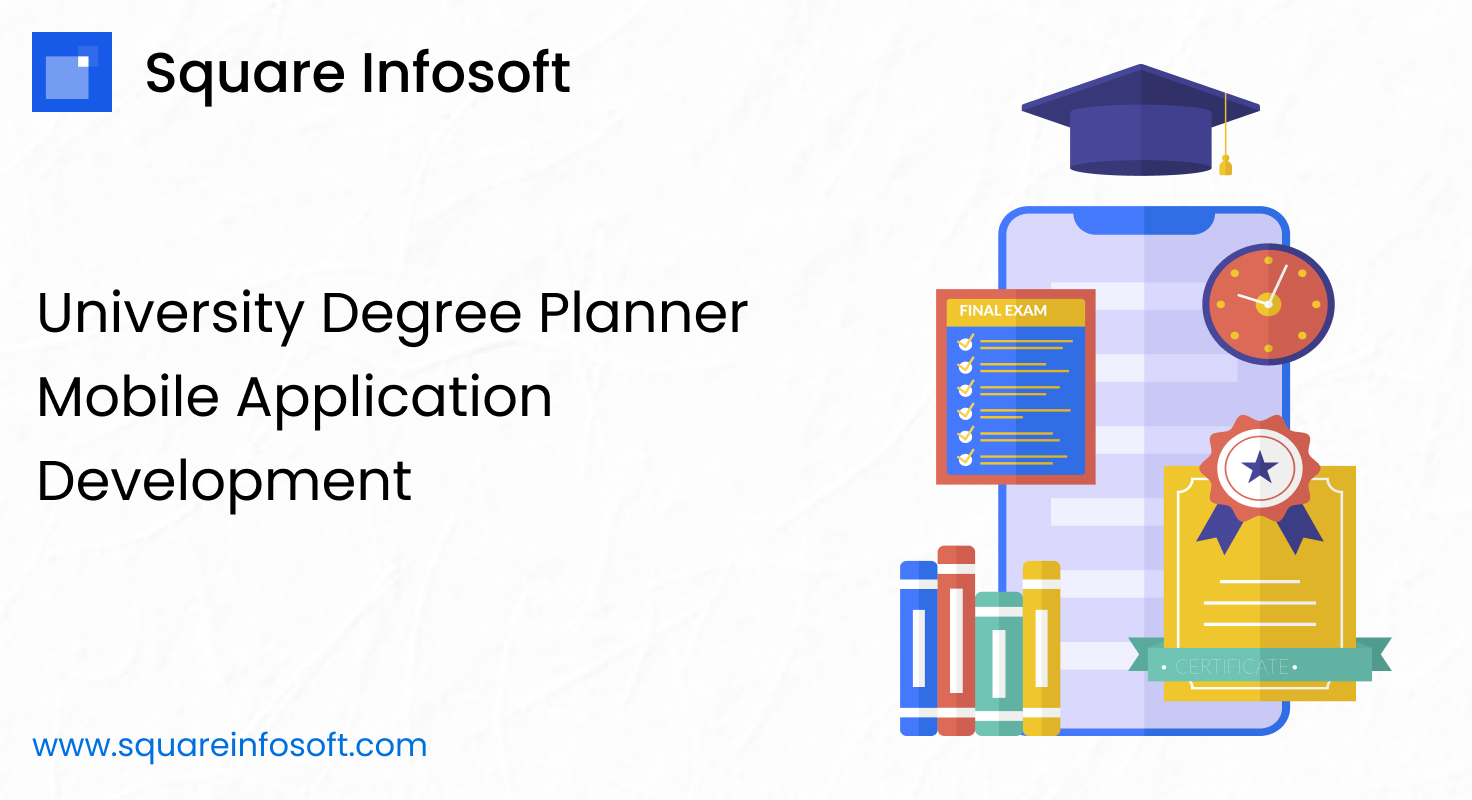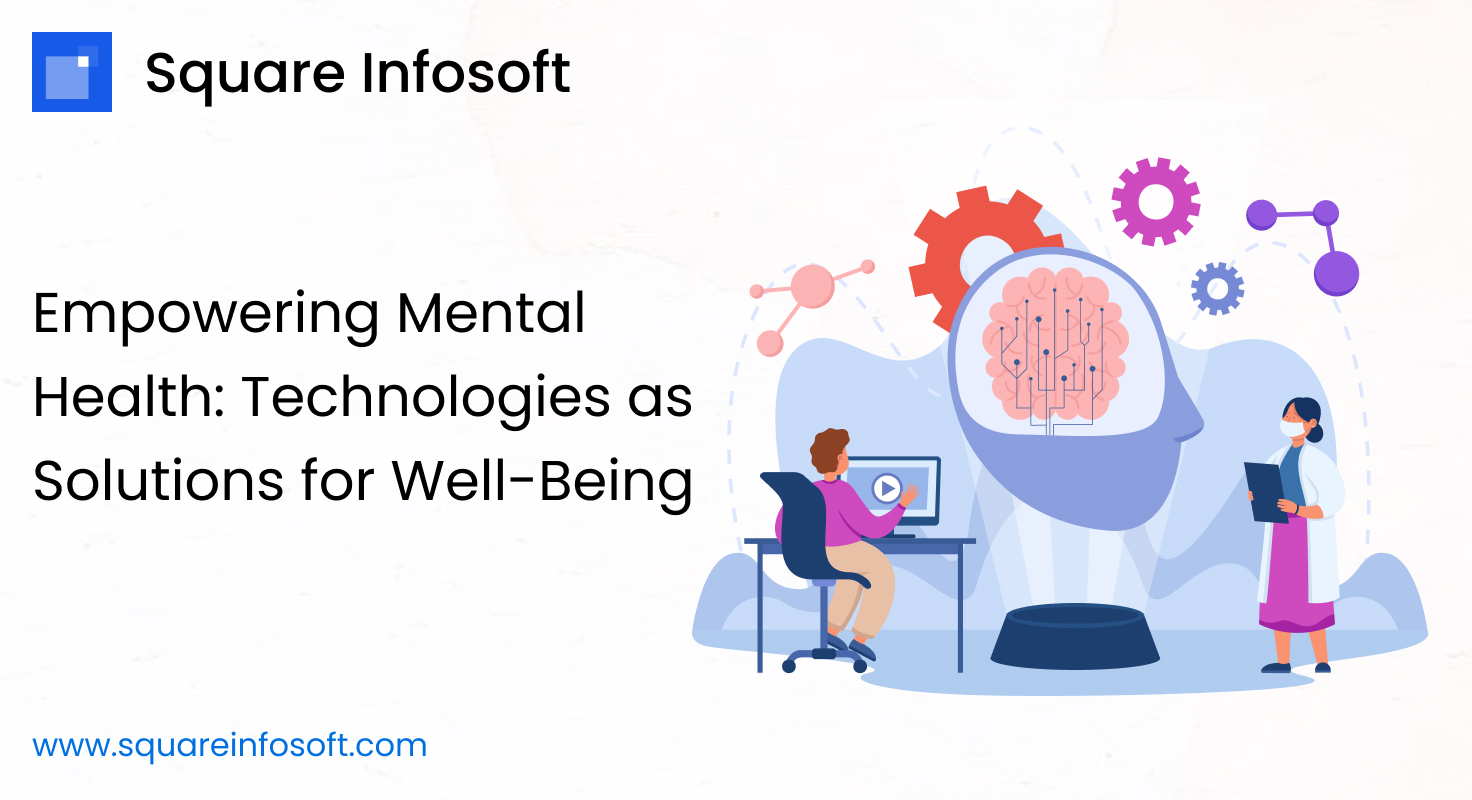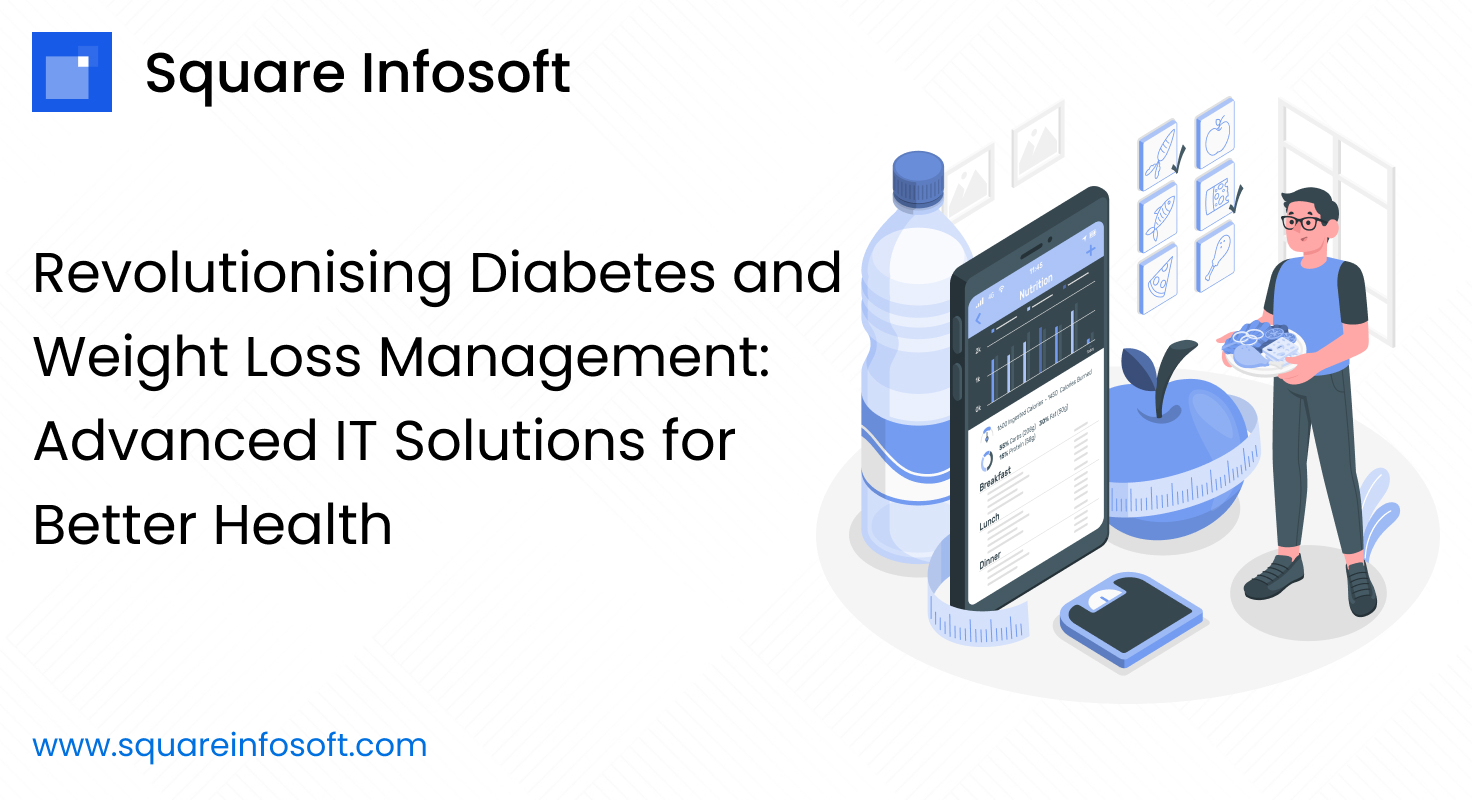Developing a University Degree Planner mobile app can greatly assist students in managing their academic journey and course scheduling. Here’s a step-by-step guide to help you get started with the development of a University Degree Planner app:
1. Define Objectives:
- Determine the primary purpose of your app (e.g., academic planning, course registration, progress tracking).
- Identify your target audience (e.g., undergraduate students, graduate students, specific majors).
2. Market Research:
- Research existing academic planning apps or university systems to understand their features and limitations.
- Identify unique features or improvements that can set your app apart.
3. Planning and Conceptualization:
- Outline the core features and functionalities of your University Degree Planner app.
- Consider features for course scheduling, degree requirements tracking, academic advising, and collaboration tools.
4. Feature Set:
- Develop a comprehensive list of features for your app, including:
- User registration and profiles.
- Degree program selection and customization.
- Course catalog with detailed course information.
- Course scheduling and registration.
- Degree requirements tracking.
- Academic calendar and deadlines.
- GPA calculator.
- Notifications for registration dates and academic milestones.
- Integration with university databases for real-time course information.
- Collaboration tools for students and advisors.
- Secure access to academic records.
5. Design and User Experience (UX):
- Design an intuitive and visually appealing UI for your app.
- Ensure the design is user-friendly and responsive on various screen sizes.
- Focus on providing a streamlined and organized academic planning experience.
6. Backend Development:
- Build a secure and scalable backend system to manage user accounts, course data, and academic records.
- Implement authentication and data encryption for user security.
7. Course Data Integration:
- Collaborate with universities to source course catalogs and academic data.
- Develop APIs or data feeds for real-time course information.
8. Testing:
- Conduct thorough testing, including functional testing, usability testing, and data security testing.
- Test the app on various devices and screen sizes.
- Address any bugs or issues identified during testing.
9. Deployment:
- Deploy the app to app stores (Apple App Store, Google Play Store).
- Prepare marketing materials, including app descriptions and screenshots.
10. Marketing and Promotion: – Develop a marketing strategy to promote your app among students and academic institutions. – Utilize social media, campus partnerships, and student organizations for promotion.
11. Monetization: – Decide on a monetization strategy (e.g., freemium with premium features, in-app advertisements, subscription model). – Consider offering a free trial period for premium features.
12. Legal Considerations: – Ensure compliance with data privacy regulations (e.g., FERPA in the United States). – Address legal requirements related to academic records and user data.
13. Updates and Maintenance: – Regularly update the app with new features, academic data updates, and bug fixes. – Stay informed about academic planning trends and changes in degree requirements.
Developing a University Degree Planner app requires attention to detail, integration with academic systems, and user-friendly design. By providing students with a powerful tool to plan and track their academic progress, your app can become an essential part of their university experience.




